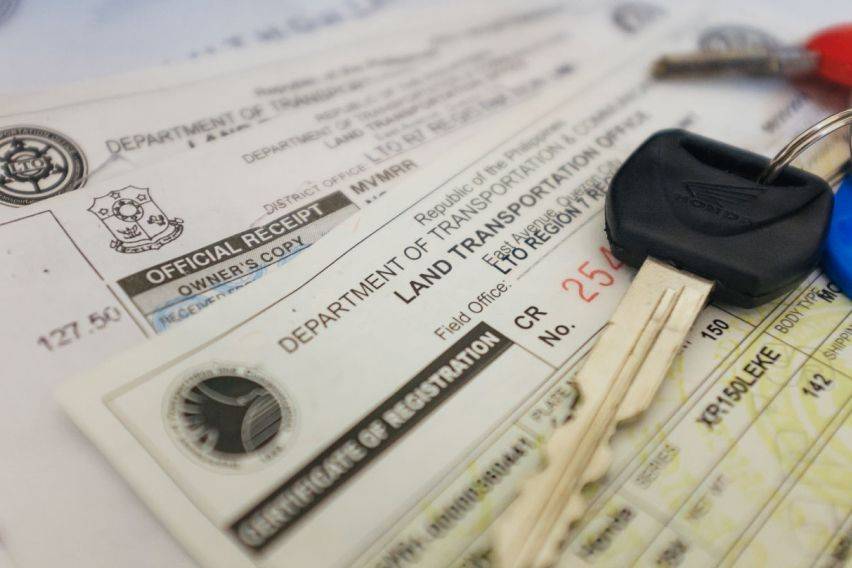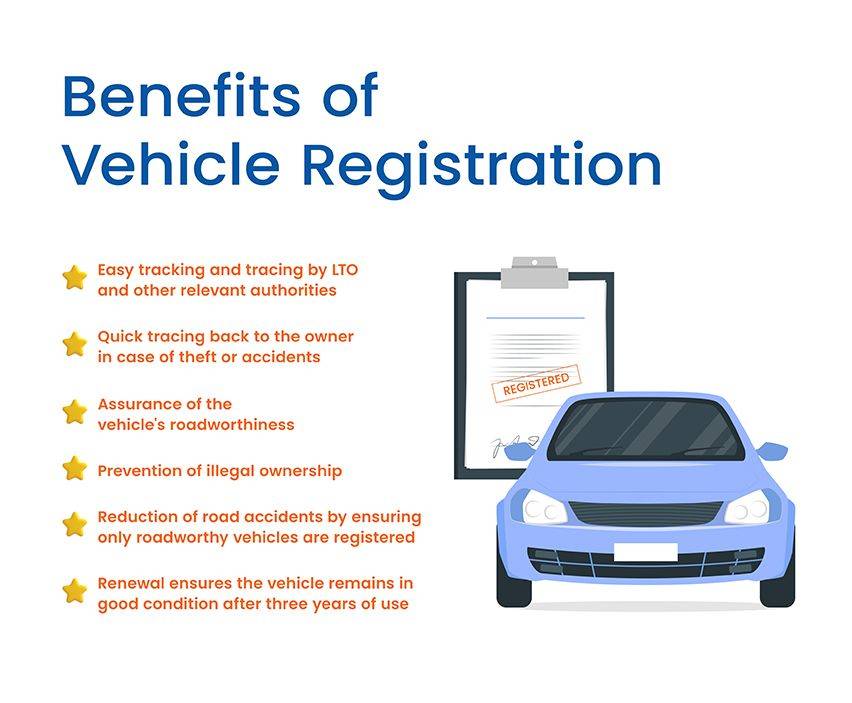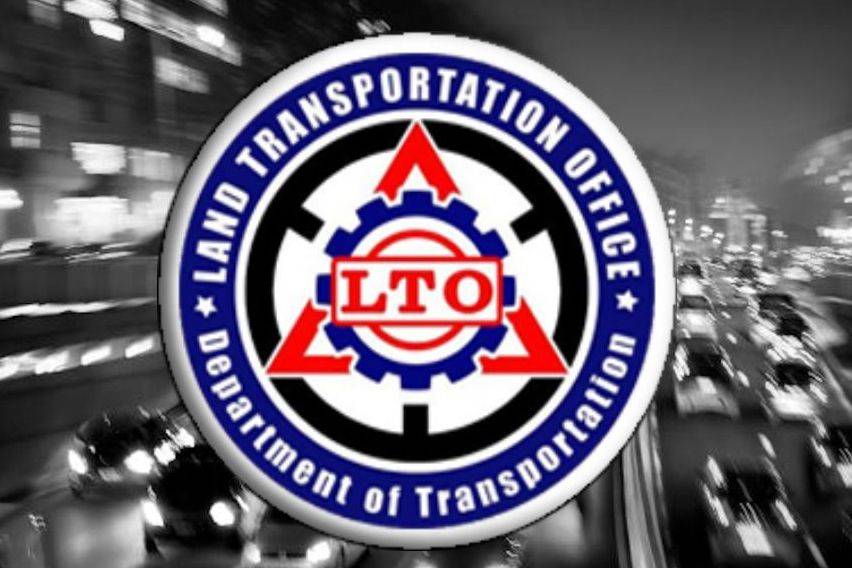Car Registration in LTO: A step-by-step guide

We've previously delved into the car registration renewal process in the Philippines, including an in-depth understanding of the 3-year LTO registration cycle. Today, however, we're going back to basics: motor vehicle registration in the Philippines.
KEY TAKEAWAYS
What if I don’t register my car with the LTO?
Failure to register your car can lead to fines and potential impoundment.Is online registration renewal mandatory?
No, you can still renew registration in person at an LTO office if you're unsure about the online process.What if I miss the registration renewal deadline?
Driving with an expired registration can result in fines and legal consequences, so it's best to renew on time.What happens if my vehicle fails inspection?
Fix any issues promptly. If significant problems persist, consider replacing the vehicle.Is MVIR required for both new and existing vehicles?
Yes, all vehicles must undergo inspection at designated centers.How much does MVIR cost?
MVIR costs PHP 600 for private vehicles, PHP 500 for motorcycles, and PHP 300 for public utility vehicles.Typically, car dealerships handle the initial motor vehicle registration in the Philippines. But what if they don't? In such cases, vehicle owners must take matters into their own hands to avoid hefty fines, which can reach up to PHP 10,000. Additionally, non-registered vehicles involved in accidents or crimes can be impounded, with fines accruing until registration is completed.
But fear not! We're here to guide you through the process of registering your vehicle with the LTO and obtaining the certificate of registration for the first time. So, let's cover everything from the fundamentals to requirements, fees, and the registration process itself.
Also Read: Want to buy a car? Here's a complete list of all associated costs

Understanding Motor Vehicle Registration
Motor Vehicle Registration is the first step for a buyer after purchasing a vehicle. During this process, the vehicle receives a unique identification, namely the registered plate number, which links the vehicle to its owner and user. This identification facilitates tracking in cases of theft or involvement in criminal activities. Moreover, a registered car signifies its roadworthiness, ensuring it's safe to drive and keeping both the driver and others on the road safe.
In the Philippines, initial motor vehicle registration is valid for three years. After this period, owners must renew registration to maintain the car's roadworthiness. Registration and renewal involve motor vehicle inspection, and registration is granted or renewed only upon approval of the inspection report.
Skipping vehicle registration or renewal is not an option due to strict rules and penalties imposed by the LTO.

Benefits of vehicle registration
Vehicle registration offers several benefits to owners in the Philippines, including:

Requirements for Vehicle Registration
Motor Vehicle Registration is a mandatory legal requirement in the Philippines, necessitating the presentation of various legal documents at the LTO. Requirements vary depending on the type of vehicle. Below is a table outlining the requirements:
|
Vehicle type |
Requirement for LTO registration |
|
New vehicle (locally assembled or CBU) |
|
|
Imported vehicle (CBU) |
|
|
Vehicle with tax exemption |
|
|
Imported used vehicle exempted from EO 156/877-A |
|
|
Imported used vehicle via No Dollar Importation |
|
|
Imported vehicle acquired via donation |
|
|
Locally assembled or manufactured EV (with new body/chassis and imported electric motor) |
|
|
Rebuilt vehicle with local chassis/body and used imported engine) |
|
|
Rebuilt vehicle with engine and/or chassis that are part of a previously registered motor vehicle |
|
Step-by-step guide for car registration in LTO
After understanding the meaning, benefits, and requirements, it's time to visit the LTO office or online portal to commence the motor vehicle registration process in the Philippines. Let's begin with the offline registration process.

Motor Vehicle Registration at the LTO Office
Step 1. Check the list of required documents and gather them in a folder to avoid misplacement during registration.
Step 2. Identify the LTO office nearest to you that processes new vehicle registrations, as not all branches provide this service.
Step 3. Arrive early at the LTO office to avoid long queues. Upon arrival, proceed to the appropriate counter.
Step 4. Submit all required documents to the LTO evaluator, who will assess them for completeness. Once approved, the evaluator will compute the fees based on the vehicle.
Step 5. Have the motor vehicle tested for emissions and submit the Motor Vehicle Inspection Report (MVIR).
Step 6. Pay all necessary fees and await the Official Receipt (OR).
Step 7. Finally, proceed to the Releasing Counter to obtain the Certificate of Registration (CR) along with plates and stickers.
OR and CR are two important documents for a car owner, refer to this blog to know more.
Online Motor Vehicle Registration via LTO Portal
Step 1. Visit the LTO LTMS Portal on your desktop or laptop.
Step 2. Register or log in if you already have an account.
Step 3. Follow the prompts to complete the motor vehicle registration process.
Step 4. When paying fees online, take note of the payment reference number (PRN).
To simplify the process, LTO allows you to schedule an online appointment at your preferred branch, streamlining the car registration process.
Also Read: A step-by-step guide to getting duplicate LTO OR/CR
LTO car registration: Cost & fees
The initial cost of car registration varies depending on several factors but typically ranges around PHP 1,000. Additionally, several fees must be paid, including:
|
License plate |
PHP 450 |
|
Stickers & tags |
PHP 50 |
|
Inspection fees |
PHP 90 - PHP 115 |
|
Penalty fee (for missing the scheduled time) |
PHP 50 |
Also Read: Everything you need to know about MVIR (Motor Vehicle Inspection Report) - Part I
Everything you need to know about MVIR (Motor Vehicle Inspection Report) - Part II
Things to remember for LTO car registration
- Adhere to the schedule to avoid a PHP 10,000 fine or vehicle impoundment.
- Confirm which LTO branch near you processes new car registrations, as not all branches offer this service.
- Check LTO branch requirements in advance, as they may vary.
- While dealers often handle new car registration, owners may need to handle it themselves.
Bottom line
Every new motor vehicle in the Philippines must be registered, typically handled by dealers but sometimes requiring owner intervention. Follow instructions and gather necessary documents, and remember to renew registration every three years.
Also Read: Everything you need to know about car title transfer in the Philippines
Featured Articles
- Latest
- Popular
Recommended Articles For You
Featured Cars
- Latest
- Upcoming
- Popular
Car Articles From Zigwheels
- News
- Article Feature
- Advisory Stories
- Road Test
